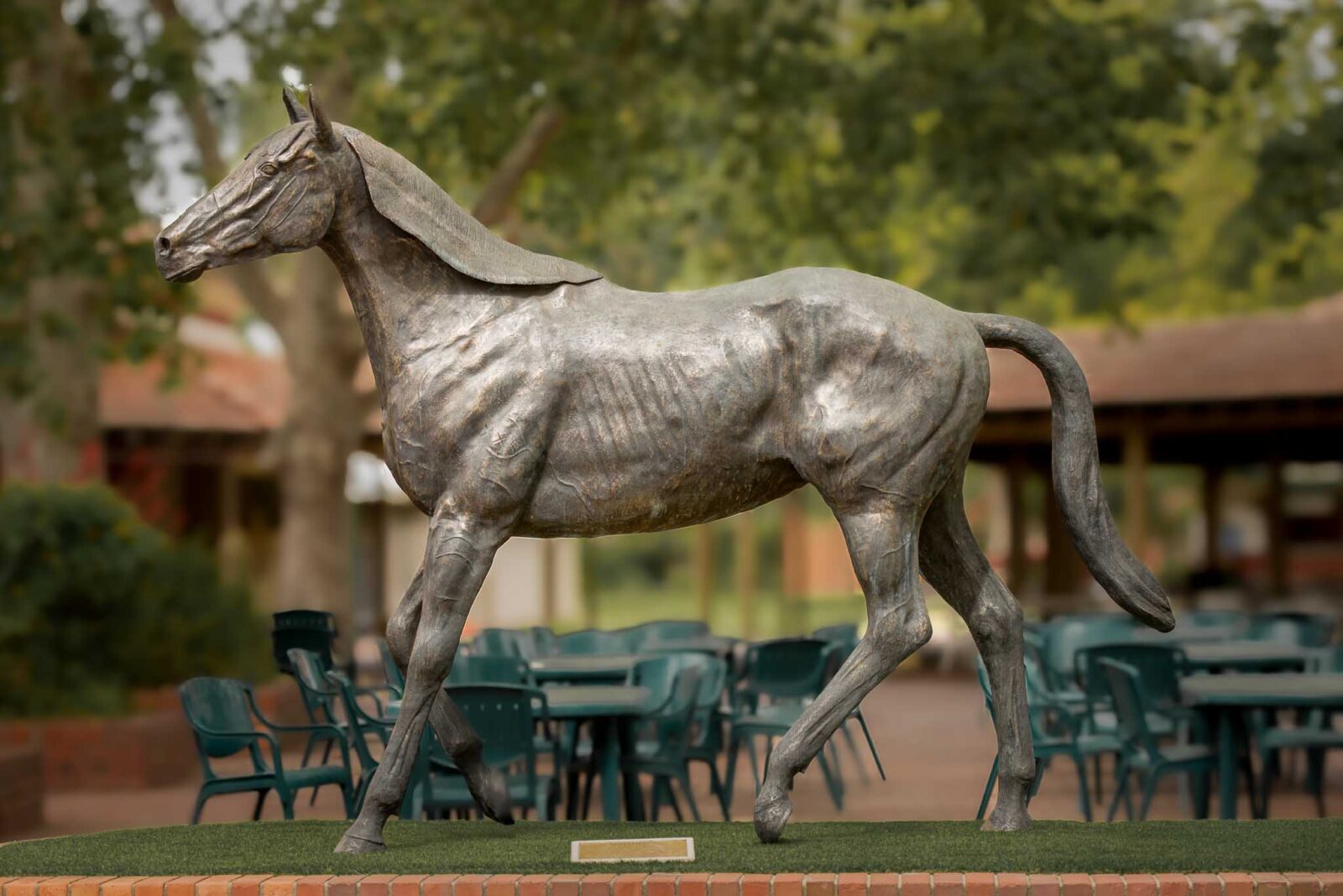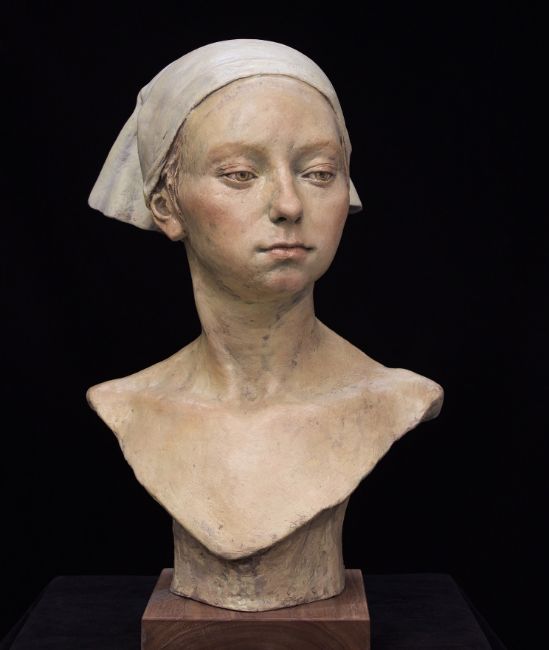The Advancement of Sculptures: From Ancient to Modern
The Development of Sculptures: From Old to Modern.
Sculpture, one of the earliest types of art, has actually been an important component of human people for millennia (Robert C Hitchcock Sculptor). From the ancient worlds of Egypt and Greece to the contemporary age, sculptures have developed, showing modifications in creative methods, materials, and cultural influences. This trip via time traces the growth of sculptures, discovering the changes in design, subject issue, and imaginative expression
Starting with the ancient world, sculptures crafted from stone and later bronze recorded the significance of deities, rulers, and everyday life. The Renaissance duration observed a rebirth of classic sculpting methods, as artists looked for to mimic the stylish types of ancient Greek and Roman sculptures. In the modern era, musicians tested standard limits, accepting abstraction and experimentation with new materials.

This exploration will certainly dive into the diverse advancement of sculptures, revealing the abundant tapestry of creative expression throughout different durations and cultures.
Old Sculptures: From Stone to Bronze
Old sculptures transitioned from being taken of rock to being cast in bronze. This shift noted a substantial development in the art of sculpture, enabling higher refinement and information in the finished jobs. Stone sculptures, while remarkable in their very own right, were limited by the nature of the material. Rock needed extensive shaping and carving, usually leading to an extra simplified depiction of the topic.
The intro of bronze as a medium for sculptures caused a change in artistic expression. Bronze used carvers the possibility to create complex and natural forms that were not possible with rock. The procedure of casting bronze enabled the development of several duplicates of a sculpture, enabling larger circulation and conservation of these creative work of arts.
The transition from stone to bronze likewise saw a change in the subject issue of sculptures. While rock sculptures predominantly portrayed gods, goddesses, and mythical numbers, bronze sculptures started to mirror a broader range of subjects, including daily individuals and pets. This development of subject matter showcased the versatility and versatility of the bronze medium.
Renaissance Resurgence: Forming in the Classical Design
The Renaissance rebirth of sculpture witnessed a rebirth in the timeless design, building upon the developments made throughout the change from rock to bronze in old sculptures. Throughout this duration, artists sought to recreate the timeless visual and perfects of elegance that prevailed in old Greek and Roman sculptures.
Among the crucial attributes of the Renaissance revival was the emphasis on naturalism and the human kind. Carvers like Donatello and Michelangelo aim to capture the physiological information and expressions of their subjects with extraordinary accuracy. They researched the human body and incorporated their monitorings right into their sculptures, causing practical and realistic depictions.
One more crucial element of the Renaissance revival was the expedition of perspective and deepness. Artists made use of methods such as contrapposto, where the weight of the body is shifted away, creating a feeling of movement and dynamism. They additionally trying out various materials, consisting of marble and bronze, to achieve a degree of elegance and details in their sculptures.
The classic design of the Renaissance revival had an extensive impact on later periods of art, working as a foundation for the advancement of Western sculpture. It brought a restored recognition for the beauty and magnificence of the human form, and its tradition can still be seen in modern sculptures today.
Modernism and the Avant-Garde: Breaking Typical Boundaries

Among the crucial characteristics of modernist sculpture was the emphasis on abstraction. Sculptors moved away from realistic representations and instead concentrated on capturing the essence of the topic via streamlined types and geometric shapes. This separation from conventional depiction permitted musicians to share their feelings and ideas in a more subjective and personal fashion.
In addition, the progressive motion challenged social standards and conventions, motivating artists to experiment and press the limits of their art - Contemporary Sculptures. Carvers began including unique materials such as found things, industrial materials, and also natural environments right into their work. This expedition of new materials and strategies not only increased the opportunities for sculpture but additionally challenged the traditional ideas of what could be taken into consideration art
Contemporary Sculptures: Checking Out New Materials and Concepts
With a concentrate on exploring brand-new materials and principles, contemporary sculptures have actually transformed the area of art. Artists today are pushing the borders of standard sculpture by experimenting and using ingenious products with abstract ideas. These sculptures test conventional ideas of materiality, kind, and meaning, welcoming viewers to engage in a brand-new and provocative imaginative experience.
Contemporary sculptors are accepting a variety of products, consisting of plastic, glass, metal, and also raw material. Equine Sculptures. They are not limited to the standard tool of rock or clay, enabling better civil liberty and trial and error. This shift towards non-traditional products has actually opened new possibilities for artists to produce sculptures that are vibrant, interactive, and aesthetically striking
In enhancement to exploring new materials, contemporary sculptures likewise look into facility and abstract principles. Musicians are currently checking out styles such as identification, social concerns, and the setting, making use of sculpture as an effective tool for social discourse and introspection. These sculptures challenge viewers to think critically and engage with art on a much deeper degree, triggering discussions and prompting psychological actions.
Worldwide Impacts: Sculptural Customs From All Over The World

In old Egypt, sculptures were created largely for spiritual and funerary purposes. The famous sculptures of gods and pharaohs, such as the Great Sphinx and the breast of Queen Nefertiti, showcase the Egyptians' proficiency of stone sculpting and their idea in the afterlife.
In ancient Greece, sculpture reached its optimal throughout the classical duration. Influenced by the ideals of proportion, consistency, and beauty, Greek sculptures highlighted the human kind and celebrated the accomplishments of heroes, athletes, and gods. The well-known sculptures of Aphrodite of Knidos and the Discobolus exemplify the Greeks' search of excellence in sculptural art.
In old Rome, sculpture served both political and artistic objectives. Contemporary Sculptures. Roman sculptures often portrayed emperors, generals, and mythological figures, reflecting the power and splendour of the empire. The marble sculpture of Augustus of Prima Porta and the significant Arch of Constantine are remarkable examples of Roman sculptural accomplishments
Oriental sculptural practices, especially in India, China, and Japan, have also had an extensive effect on the advancement of sculptures. Indian sculptures, such as the elaborately carved temples of Khajuraho and the colossal statuaries of Buddha, exhibit an abundant combination of spiritual, mythical, and architectural components. Chinese sculptures, characterized by their fine craftsmanship and interest to information, typically represent divine beings, pets, and legendary numbers. Japanese sculptures, affected by Buddhism, highlight simpleness and tranquility, seen in the tranquil sculptures of Buddha and the elegant art of bonsai.
The international influences on sculpture remain to advance in the modern-day era. Musicians today draw inspiration from various sculptural customs, including brand-new products, methods, and ideas to develop cutting-edge and provocative artworks. The fusion of different cultural influences has actually generated a varied and vibrant sculptural landscape, showing the interconnectedness of our international society. As we look to the future, it is particular that the global influences on sculpture will remain to shape and redefine this ancient art form.
Final Thought
In conclusion, the evolution of sculptures has seen a shift from ancient rock and bronze functions to the classic resurgence during the Renaissance. Today, modern sculptures check out brand-new products and ideas, while likewise drawing inspiration from worldwide sculptural customs - Robert C Hitchcock Sculptor.
From the old worlds of Egypt and Greece to the contemporary period, sculptures have evolved, showing modifications in creative strategies, materials, and social influences.Starting with the old globe, sculptures crafted from rock and later bronze caught the significance of deities, leaders, and everyday life.Old sculptures transitioned from being sculpted out of rock to being cast in bronze. While stone informative post sculptures mostly portrayed gods, sirens, and mythological figures, bronze sculptures started to mirror a wider range of topics, consisting of day-to-day individuals and pets.In conclusion, the advancement of sculptures has actually seen a shift from old rock and bronze functions to the classic rebirth during the Renaissance.